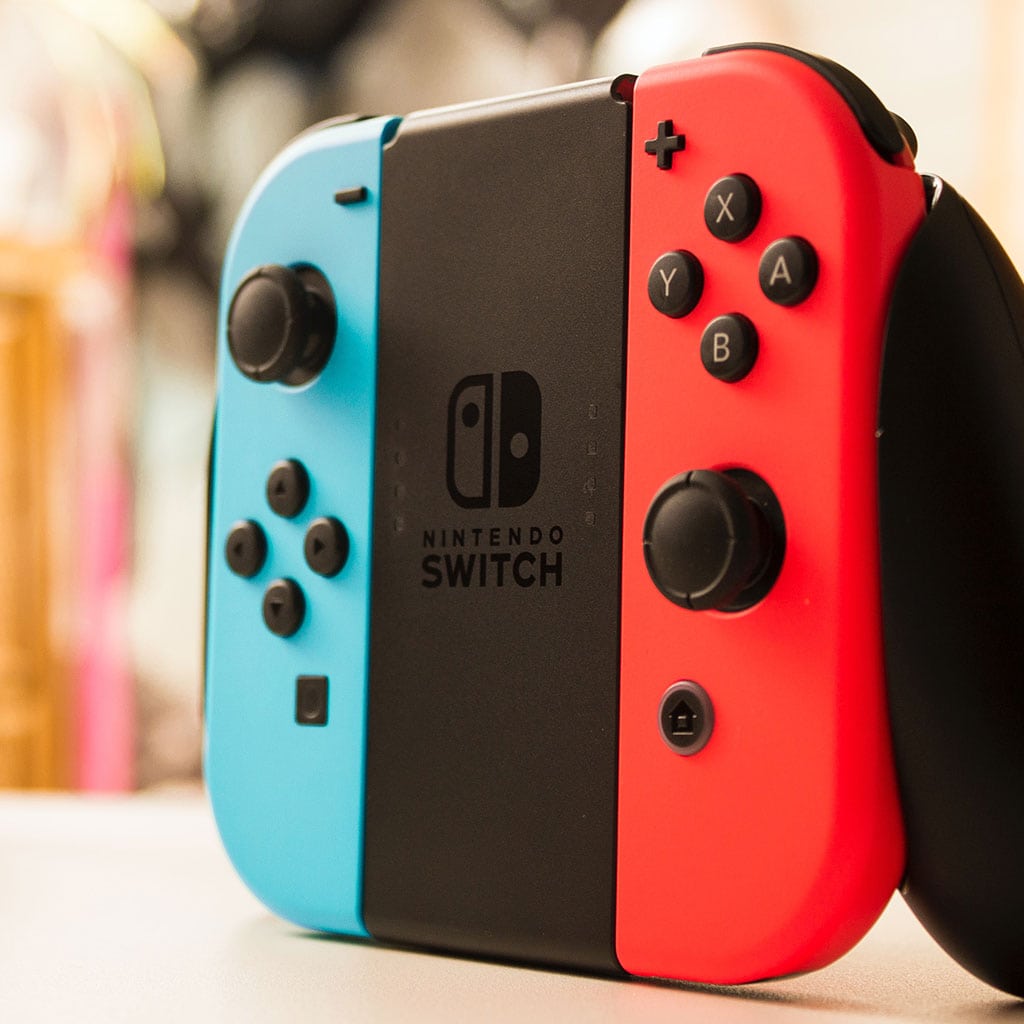How to connect nintendo switch to iMac
How to connect nintendo switch to iMac
Connecting your Nintendo Switch to an iMac can expand your gaming experience. Here’s how to set up this versatile gaming duo.
Unleash the power of connectivity: Discover the seamless switch-to-iMac connection!
To connect your Nintendo Switch to an iMac, you’ll need to follow these steps:
- Prepare Your Equipment:
- Make sure you have the necessary cables: an HDMI cable, a USB-C to HDMI adapter, and the USB-C charging cable for the Switch.
- Ensure both your iMac and Nintendo Switch are powered off before connecting them.
- Connect the Nintendo Switch to the iMac:
- Plug one end of the HDMI cable into the HDMI port on the Nintendo Switch dock.
- Connect the other end of the HDMI cable to the USB-C to HDMI adapter.
- Insert the USB-C end of the adapter into one of the available USB-C ports on your iMac.
- Power Up:
- Power on your iMac and wait for it to fully boot up.
- Turn on your Nintendo Switch using the power button on the console or the Joy-Con controller.
- Select Input Source on iMac:
- On your iMac, go to “System Preferences” > “Displays”.
- Click on the “Arrangement” tab.
- Check the box that says “Mirror Displays” to have the iMac’s display mirrored on your Nintendo Switch.
- Adjust Display Settings on Nintendo Switch:
- On your Nintendo Switch, navigate to “System Settings” > “TV Output”.
- Set the TV resolution to match the capabilities of your iMac’s display. This ensures the best visual quality.
- Play Your Games:
- Launch a game on your Nintendo Switch. You should see it displayed on your iMac monitor.
Remember, this setup works essentially as an external display for your Nintendo Switch. Keep in mind that some iMacs might have a slightly higher input lag compared to dedicated gaming monitors, but for most games, this setup should work well. Enjoy your gaming experience!
What’s the Purpose of the USB-A to USB-C Cable?
The USB-A to USB-C cable serves as a crucial link between the Nintendo Switch gaming console and the iMac computer. It is designed to facilitate a stable and wired connection between the two devices. This type of connection ensures a reliable and high-quality gaming experience, particularly beneficial for games that demand low latency and minimal lag. Unlike wireless connections that can sometimes experience interference or disruptions, a wired setup through the USB-A to USB-C cable provides a direct and uninterrupted flow of data. This is especially advantageous for genres where split-second decisions can make all the difference. Additionally, it allows for the transfer of various file types, enabling users to share and save game-related content seamlessly between the devices.
Furthermore, this cable is instrumental in minimizing potential screen issues. Screen tearing, a visual artifact that occurs when the display fails to keep up with the graphics card’s output, can be mitigated through a wired connection. With the USB-A to USB-C cable, the iMac’s display mode can be synchronized more effectively with the Nintendo Switch’s graphics rendering. This promotes a smoother and more immersive gaming experience. Moreover, the wired setup is an ideal option in cases where a stable Wi-Fi network might not be readily available, ensuring that the gameplay remains consistently reliable. Overall, the USB-A to USB-C cable plays a pivotal role in establishing a robust and responsive connection for an optimal gaming experience on the iMac.
Are There Any Considerations for Audio Output?
Certainly, when setting up a Nintendo Switch with an iMac using a USB-A to USB-C cable, audio output is an important consideration. The USB connection primarily focuses on video transmission, so for audio, users will typically need a separate solution. This can be achieved by using a 3.5mm audio cable to connect the Switch’s headphone jack to an external speaker, headphones, or the iMac’s audio input port. Additionally, users may opt for Bluetooth headphones or speakers, pairing them directly with the Nintendo Switch for a wireless audio experience. Ensuring the audio setup is compatible and functional is vital for an immersive gaming experience, allowing players to hear in-game sounds, dialogues, and music clearly and distinctly.
It’s worth noting that some gaming monitors may have built-in speakers, and if the iMac is functioning as a display, it might also serve as an audio output source. However, in cases where external audio devices are preferred, it’s crucial to check for compatibility and ensure the necessary ports and cables are available for seamless integration. Considering audio output options in conjunction with the USB-A to USB-C cable setup ensures a well-rounded gaming experience with both visual and auditory elements optimized for enjoyment.





You must be logged in to post a comment.